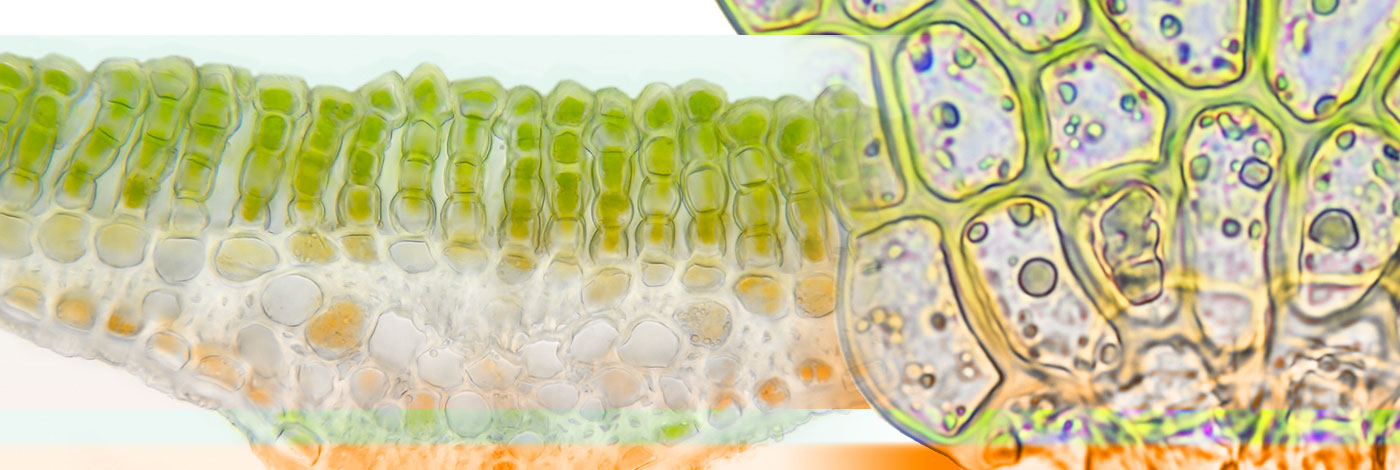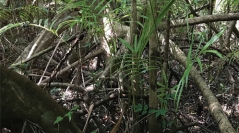

 Cryptogamie, Bryologie
45 (2) - Pages 9-22
Cryptogamie, Bryologie
45 (2) - Pages 9-22The Lower Tocantins region, which includes the municipality of Abaetetuba, is located in the northeastern of Pará state, in Eastern Amazonia, Brazil, presenting a heterogeneous set of forests, among which Terra Firme, Várzea, and Freshwater Beach forests stand out for their floristic, economic, and ecological significance. However, the bryophyte flora is poorly known in the Lower Tocantins, with only 51 moss species reported for the region. This study aimed to investigate the richness and composition of bryophytes in different types of forests in Abaetetuba, Lower Tocantins River basin, Pará state, to contribute to the floristic knowledge of bryophytes in the region. Species diversity and exploratory analyses were conducted to understand the bryophyte communities in Terra Firme, Várzea, and Freshwater Beach forests. The bryophyte flora recorded in Abaetetuba comprises 103 species (36 mosses and 67 liverworts), including widely distributed species in the three forest types and species restricted mainly to Terra Firme forests. There were two new records, one for South America (Cololejeunea setiloba A.Evans) and another for the state of Pará (Leptolejeunea radicosa (Mont.) Grolle). The richness and composition of species in Terra Firme and Freshwater Beach forests align with what has been reported in studies conducted in the Lower Amazon, but yielded discrepant results from previous studies in Várzea forests. Regarding the colonization of substrates, the complexity of the structure of the communities increased from Freshwater Beach forests to Várzea and Terra Firme forests, in this order, with the appearance of terricolous species in Várzea forests and of species colonizing termite mounds in Terra Firme forests. These findings indicate that Amazonian environments, their biodiversity, and the distribution pattern of species can be better understood through the exploration of new areas.
Brazil, Freshwater Beach forest, Terra Firme forest, Várzea forest, liverworts, mosses